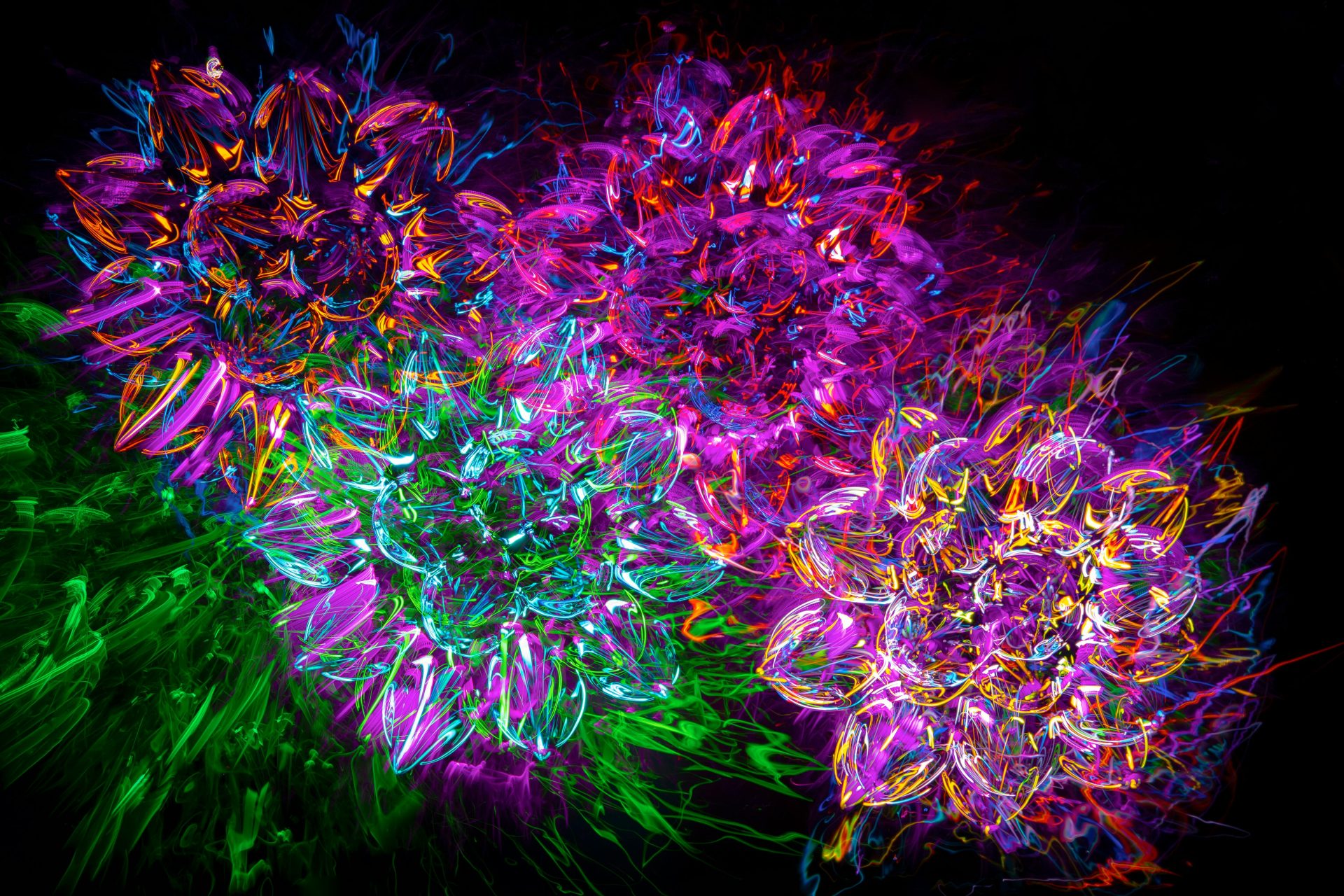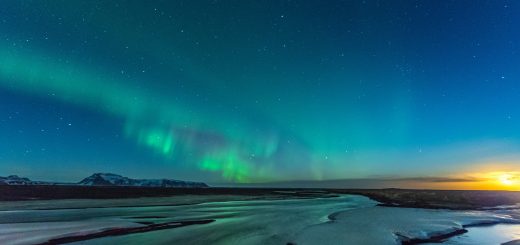Real Estate Photography Tips for Listings

Before diving in, please note: This post is for informational purposes only. If you’d like to know more about how we approach topics, feel free to check out our friendly Disclaimer Page.
Hey there, amazing readers! 🖐️ Just a quick note: yes, we know there are a lot of ads here. Trust us, we get it—it’s not the prettiest look, but they help us keep this blog alive and kicking. Those pesky little ads cover the costs of all the behind-the-scenes magic, from hosting and tech stuff to creating content we hope you’ll love.
We’re committed to delivering quality posts, and your support (even just sticking around despite the ads) means everything to us. So, bear with us, and thanks for helping us keep the good vibes rolling. Now, on to the fun stuff! 😉
TRANSLATE BUTTON AT THE END OF THE ARTICLE
A Quick Overview
When it comes to selling a property, quality real estate photography can make all the difference. It is crucial to showcase the property in the best possible light to attract potential buyers. In this article, we will discuss various tips and techniques for capturing stunning photographs of your real estate listings. From choosing the right equipment to highlighting key selling points, we will cover everything you need to know to create captivating images that will entice buyers.
Importance of Quality Real Estate Photography
Quality real estate photography is essential because it is often the first impression potential buyers have of a property. In today’s digital age, most homebuyers start their search online, and the photos they see can make or break their interest in a listing. High-quality images can help a property stand out from the competition and generate more interest, ultimately leading to a quicker sale and potentially a higher selling price.
Tips for Choosing the Right Equipment
When it comes to real estate photography, having the right equipment is key to capturing professional-quality images. Here are some tips for choosing the right gear:
- Invest in a DSLR camera with a wide-angle lens to capture more of the space in your photos.
- Tripod: A sturdy tripod is essential for keeping your shots steady and reducing camera shake.
- External flash: To ensure proper lighting, consider investing in an external flash that can be bounced off walls or ceilings.
- Remote shutter release: This handy tool allows you to take photos without touching the camera, reducing the risk of camera shake.
- Lens filters: Polarizing and ND filters can help enhance your photos by reducing glare and balancing exposure.
Preparing the Property for Photography
Before photographing a property, it’s crucial to prepare it to ensure that it looks its best in photos. Here are some tips for preparing the property for photography:
- Declutter: Remove any unnecessary items that can make the space look messy or crowded.
- Clean: Ensure that the property is clean and tidy, paying special attention to windows, floors, and countertops.
- Stage: Arrange furniture and decor to highlight the property’s best features and create an inviting atmosphere.
- Add curb appeal: Enhance the exterior of the property by mowing the lawn, trimming bushes, and adding potted plants.
- Open curtains and blinds: Natural light can make a space feel bright and inviting, so open up curtains and blinds to let light in.
Understanding Lighting and Composition
Lighting and composition are two essential elements of real estate photography that can greatly impact the quality of your photos. Here are some tips for understanding lighting and composition:
- Natural light is best: Whenever possible, use natural light to illuminate the space and avoid harsh shadows.
- Avoid direct sunlight: Direct sunlight can cause harsh shadows and overexposure, so try to shoot during the golden hours of sunrise and sunset.
- Use HDR photography: High Dynamic Range (HDR) photography combines multiple exposures to capture a wide range of light in a scene.
- Framing and angles: Experiment with different angles and perspectives to showcase the property in the best light and create visually appealing compositions.
- Leading lines: Use elements in the space, such as walls or furniture, to create leading lines that draw the viewer’s eye towards key features of the property.
Best Angles for Showcasing the Property
Choosing the right angles to showcase a property can make a significant difference in how it is perceived by potential buyers. Here are some tips for capturing the best angles:
- Capture wide shots: Wide-angle shots can make small spaces feel larger and more spacious.
- Showcase unique features: Highlight any unique architectural details or selling points of the property.
- Low angles: Shooting from a low angle can make rooms feel more spacious and visually interesting.
- High angles: Shooting from a high angle can provide a different perspective and showcase the layout of the property.
- Exterior shots: Don’t forget to capture exterior shots from different angles to showcase the property’s curb appeal and surrounding landscape.
Utilizing Editing Tools for Enhancements
Editing tools can help enhance your real estate photos and make them look more professional. Here are some tips for using editing tools:
- Use editing software: Programs like Adobe Lightroom or Photoshop can help you adjust exposure, color balance, and composition.
- Correct lens distortion: Wide-angle lenses can sometimes distort the perspective of a room, so use editing tools to correct any distortion.
- Remove distractions: Edit out any distracting elements in the photo, such as clutter or personal items.
- Enhance colors: Adjust the saturation and vibrance of the colors in your photos to make them more visually appealing.
- Maintain a natural look: While editing can enhance your photos, be careful not to overdo it and maintain a natural look to accurately represent the property.
Capturing Exterior Features Effectively
Exterior shots are just as important as interior shots when it comes to showcasing a property. Here are some tips for capturing exterior features effectively:
- Consider the time of day: Shoot exterior photos during the golden hours of sunrise and sunset for soft, flattering light.
- Highlight curb appeal: Capture the front of the property from different angles to showcase its curb appeal and landscaping.
- Include outdoor spaces: Don’t forget to capture outdoor areas such as patios, decks, and gardens to show potential buyers the full potential of the property.
- Use a drone: Drones can provide unique aerial perspectives of the property and surrounding area, giving buyers a comprehensive view of the property.
- Pay attention to details: Capture close-up shots of architectural details, landscaping, and outdoor amenities to highlight the property’s unique features.
Showcasing Interior Spaces Appropriately
Interior shots play a crucial role in showcasing the layout and features of a property. Here are some tips for showcasing interior spaces appropriately:
- Start with the entryway: The entryway sets the tone for the rest of the property, so be sure to capture it in a welcoming and inviting way.
- Focus on key rooms: Highlight key rooms such as the living room, kitchen, and master bedroom to give potential buyers a sense of the property’s layout and flow.
- Use varying perspectives: Experiment with different angles and compositions to showcase each room in the best possible light.
- Include unique features: Capture any unique architectural details, fixtures, or finishes that set the property apart from others.
- Stage rooms: Arrange furniture and decor to create inviting and visually appealing spaces that will resonate with buyers.
Highlighting Key Selling Points
When photographing a property, it’s essential to highlight its key selling points to attract potential buyers. Here are some tips for highlighting key selling points:
- Showcase views: If the property has stunning views, be sure to capture them in your photos to emphasize this selling point.
- Highlight upgrades: If the property has been recently renovated or upgraded, showcase these improvements in your photos.
- Focus on space: Show potential buyers the size and layout of each room to help them envision themselves living in the space.
- Capture amenities: Whether it’s a pool, fireplace, or custom built-ins, be sure to showcase any amenities that make the property unique.
- Tell a story: Use your photos to create a narrative that highlights the lifestyle and potential benefits of living in the property.
Avoiding Common Photography Mistakes
When photographing real estate listings, it’s essential to avoid common photography mistakes that can detract from the quality of your photos. Here are some mistakes to avoid:
- Crooked photos: Ensure that your photos are level and straight to create a professional look.
- Overexposure or underexposure: Pay attention to exposure settings to ensure that your photos are properly exposed.
- Cluttered spaces: Remove clutter and personal items from the frame to create clean, visually appealing photos.
- Blurry photos: Use a tripod and proper camera settings to avoid blurry photos due to camera shake.
- Inaccurate colors: Pay attention to white balance settings to ensure that colors are accurate and true to life.
Using Drones for Aerial Shots
Drones have become increasingly popular in real estate photography for capturing stunning aerial shots of properties. Here are some tips for using drones for aerial shots:
- Check local regulations: Before flying a drone, be sure to check local regulations and obtain any necessary permits or permissions.
- Plan your shots: Before flying your drone, plan out the shots you want to capture to ensure that you get the best angles and perspectives.
- Use manual mode: Manual mode gives you more control over camera settings, allowing you to capture the best possible photos.
- Experiment with heights: Vary the height of your drone to capture different perspectives and angles of the property.
- Edit carefully: When editing aerial shots, pay attention to details such as horizon lines and color balance to create visually stunning photos.
Hiring a Professional Photographer vs DIY Approaches
When it comes to real estate photography, you may be faced with the decision of hiring a professional photographer or taking a DIY approach. Here are some considerations for each option:
Hiring a professional photographer:
-
Pros:
- Professional quality: A professional photographer will have the skills and equipment to capture high-quality images.
- Time-saving: Hiring a professional photographer can save you time and effort in capturing and editing photos.
- Expertise: A professional photographer will have experience in real estate photography and know how to showcase a property effectively.
-
Cons:
- Cost: Hiring a professional photographer can be expensive, especially for multiple listings.
- Scheduling: Coordinating with a photographer’s schedule can sometimes be challenging, especially for urgent listings.
DIY approach:
-
Pros:
- Cost-effective: Taking photos yourself can save money compared to hiring a professional photographer.
- Flexibility: You have the flexibility to take photos at your convenience and make edits as needed.
- Learning opportunity: Taking your own photos can be a learning experience and help you improve your photography skills.
-
Cons:
- Quality: Without the proper equipment and skills, DIY photos may not be as high quality as those taken by a professional photographer.
- Time-consuming: Taking and editing photos yourself can be time-consuming, especially if you have multiple listings to photograph.
Ultimately, the decision to hire a professional photographer or take a DIY approach will depend on your budget, timeline, and photography skills. Consider the pros and cons of each option to determine the best approach for capturing stunning photos of your real estate listings.
Conclusion
In conclusion, quality real estate photography is crucial for showcasing a property effectively and attracting potential buyers. By following the tips and techniques discussed in this article, you can create professional-looking photos that highlight the best features of your listings. From choosing the right equipment to understanding lighting and composition, each step plays a vital role in capturing stunning images. Whether you decide to hire a professional photographer or take a DIY approach, investing time and effort into real estate photography can make a significant difference in the success of your property listings. Remember to showcase key selling points, avoid common photography mistakes, and utilize editing tools to enhance your photos. With these tips in mind, you can create captivating images that will make your listings stand out in a competitive market.

The Enlightenment Journey is a remarkable collection of writings authored by a distinguished group of experts in the fields of spirituality, new age, and esoteric knowledge.
This anthology features a diverse assembly of well-experienced authors who bring their profound insights and credible perspectives to the forefront.
Each contributor possesses a wealth of knowledge and wisdom, making them authorities in their respective domains.
Together, they offer readers a transformative journey into the realms of spiritual growth, self-discovery, and esoteric enlightenment.
The Enlightenment Journey is a testament to the collective expertise of these luminaries, providing readers with a rich tapestry of ideas and information to illuminate their spiritual path.
Our Diverse Expertise 🌟
While our primary focus is on spirituality and esotericism, we are equally passionate about exploring a wide range of other topics and niches 🌍📚. Our experienced team is dedicated to delivering high-quality, informative content across various subjects ✨.
To ensure we provide the most accurate and valuable insights, we collaborate with trusted experts in their respective domains 🧑🏫👩🏫. This allows us to offer well-rounded perspectives and knowledge to our readers.
Our blog originally focused on spirituality and metaphysics, but we’ve since expanded to cover a wide range of niches. Don’t worry—we continue to publish a lot of articles on spirituality! Frequently visit our blog to explore our diverse content and stay tuned for more insightful reads.





